How to compost with kids: nourish your garden with food waste
Boost your family’s recycling with this quick guide...
Juliane Crump remembers lifting the lid off her composting bucket in front of a group of six-year-olds. “Half went ‘Ew!’ and half went ‘Wow!’” says Crump, who’s a founding member of the Planeteers, a sustainability group at Roosevelt Elementary School in Burbank, California. “Kids start to look at waste not as rubbish but as something that has another life.”
Composting can seem like a daunting task – but it doesn’t have to be. With a simple set-up, it’s the perfect way to recycle your household waste into something useful. And it gets kids excited about nature, too.
Why learn how to compost?
Beyond helping your plants thrive, putting waste into your garden rather than sending it to landfill helps prevent climate change. How? By diverting an average 150kg of rubbish per household per year, composting can prevent hundreds of thousands of greenhouse gas emissions being added to the atmosphere.
Compost also acts as a natural fertiliser that gives soil a big nutrition boost, helps retain moisture (less watering!), and keeps away some pests. Best of all, it helps kids feel connected to the Earth and gives them a sense that they can make a difference. “Kids work with nature to find solutions and take care of our Earth together,” Crump says. (Check out these other tips to help your family can protect the planet.)
Whether your kids are natural green thumbs or just pros at getting dirty, they can become star composters. Creating a bin is easy, and Mother Nature takes care of almost everything else. Here’s how to compost, turning rubbish into great stuff for the planet…
Creating a compost bin
Getting started is almost as easy as throwing out rubbish. If you don’t have a garden or outside space available, you can make compost in a bin – and it won’t stink up the place if you put in the right things.
There are lots of ways to compost, but for a cost-effective, kid-friendly solution, grab a lidded plastic storage bin or lidded rubbish bin (80 litres is a good size for a family of four) and a drill or screwdriver to make holes. Consider a plastic tray with at least 5cm walls to place under the bin, though if your bin is going outside, you won’t need this.
Help kids drill or punch holes all over the lid, sides and bottom of the container. (The compost needs air to decompose.) Finally, place the bin on top of the tray, and put it within carrying distance of the garden. The tray will catch any liquid that drains from the bin.
What goes in the compost bin?
The most nutritious and active compost contains four things: air, water, “brown” materials and “green” materials.
Brown materials are dry things like dead leaves, shredded or torn-up paper (no glossy finishes), pieces of cardboard and sawdust. You can also use straw, tea bags, coffee grounds and filters, nutshells, wood chips, pet hair, laundry lint and fireplace ash.
Green materials include wettish things like fruit or vegetable scraps, eggshells (perhaps left over from our alien eggs craft!), plant trimmings and grass clippings. Avoid dairy, milk, fish, fat and cooked food. Yes, they can be composted – but they can also stink and attract pests.
How much brown versus green stuff do you need? Rick Carr, farm director at Rodale Institute, says the key is to keep the mixture from getting too wet – many gardeners say the compost should feel as moist as a wrung-out sponge.
“If you have a lot of sloppy stuff like tomatoes [a green material], you have to balance all that moisture [with brown material],” he says, though he cautions against too much sawdust or fireplace ash, which can cake up in the compost.
A general guideline is to put in twice as much brown material as green, but Carr suggests checking your mixture every day to see how wet it is. If it’s soupy, add more brown stuff.
How to “feed” the bin
This is the fun part! Put kids in charge of gathering brown material – they can tear up paper bound for the recycling bin, rake leaves, scoop up your morning coffee grounds and filters, and clean the family pet’s brush or dryer lint trap. Kids who like to get messy can be in charge of putting green materials into the compost bin. To help the compost break down faster, kids can tear or cut up everything that goes into the bins.
Balance your brown and green materials.
Set up the brown bin somewhere close to the composting bin. It can be handy to keep a little “green materials” bucket next to the sink for food scraps, especially if the composting bin isn’t in your kitchen.
When your green materials bin is getting full, have kids dump it into the composting bin and mix it together with brown materials, remembering the two-parts-brown-to-one-part-green rule. (If you don’t have a separate green materials bucket, kids can just throw those straight into the composting bin and mix in brown materials.) Then add more brown material on top.
“Food waste should always be covered with brown material,” Carr says. “If you do that, you’ll avoid having any issues with flies, odours or angry neighbours.”
Give it a stir!
To help the materials decompose into compost faster, have kids turn over and stir the contents every day or two to aerate the mixture. Too heavy? They can poke it with a broomstick or mop handle.
As the parts break down or “cook”, they’ll release nitrogen, phosphorus and potassium, which helps fertilise plants. And as the plants decompose, the bin will have more room for new materials as kids collect them. (Consistently turning the materials will keep old and new stuff cooking together.)
Keep that in mind as the bin fills up: “As you add more materials to a full bin, the weight of the new material will push the other materials down,” Carr says. “It can be surprising how much the contents decrease even when it looks like it will overflow.” (If you’re really running out of room, put the unfinished compost in a second bin while it cooks, and start the new compost in the original bin.)
Reap the rewards.
The process can take several months, but once the compost looks like dark soil, kids can rake the contents of the bin into the garden. (Be sure to spread it out so it’s not too concentrated in one spot, as this can harm the plants.)
“The more they can get it into the soil, the better,” Carr says. “With younger kids, you can help dig a little hole, and they can put a small handful of compost into the hole and help you transplant a plant into it.”
Discover more family-friendly activities, and inspire your little one’s love of nature every month with a subscription to National Geographic Kids magazine. Every issue is packed full of fun things to do, informative articles about our world, educational games and more.
Fun activities with composting
Kids plus compost equals messy fun – and lots of chances to connect with the Earth. Here are some ideas to get kids deeper into composting.
Take its temperature.
When microorganisms consume and break down the compost materials, they release heat that then gets trapped inside the pile – and helps speed up the process. Carr’s huge outdoor compost pile at Rodale Institute in Pennsylvania can heat up to 75oC during hot months.
Your compost bin probably won’t get that hot, but have kids stick a meat thermometer into the centre and compare it to the surface temperature. They should see higher temperatures towards the centre, where the heat is trapped.
Play “Name that Food”.
This is a good one for younger kids as they turn the pile in the bin. “Kids like to figure out what a food used to be, like an old corn stalk or melon rind,” Carr says. Older kids can keep track of which foods break down fastest.
Show kids how it works.
Have children tightly pack green materials in a sealed container, and green-plus-brown matter in another container with air holes. Brown matter is important because it creates air pockets that speed up the composting process. Then watch and wait: which decomposes first?
Check out these fun garden science experiments for more outdoor learning ideas!
Do this growth test.
“Kids can see what happens to plant growth when they add different amounts of compost to soil,” Carr says. He recommends kids fill one pot with 25 percent compost and 75 percent garden soil, one with 50 percent compost, and one with 75 percent compost. Add some cucumber seeds for results in about two weeks.
Kids are likely to discover the best growth happens with 25 percent and 50 percent compost. “Too much compost can burn plant roots and prevent germination,” Carr says.
Invest in worms.
Grab about a thousand from a tackle shop or online composting-worm store for some “vermicomposting,” which puts worms to work gobbling up fruit and veggie waste and turning it into worm compost – aka poop.
Worms also help aerate the compost to speed up the process and will bring out weird curiosity in your kids. “The worm poop smells wonderful,” Crump says. “The kids fight each other to stick their noses in there!”




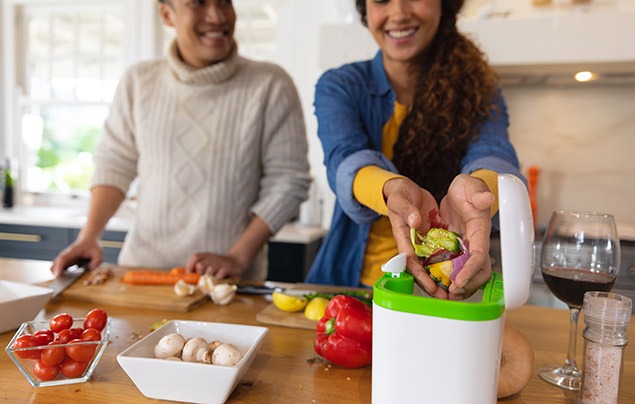
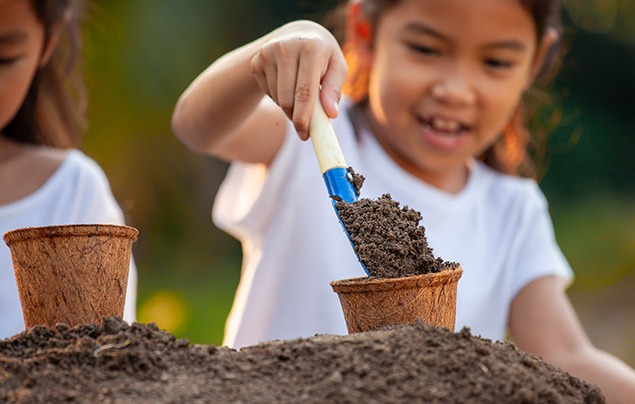
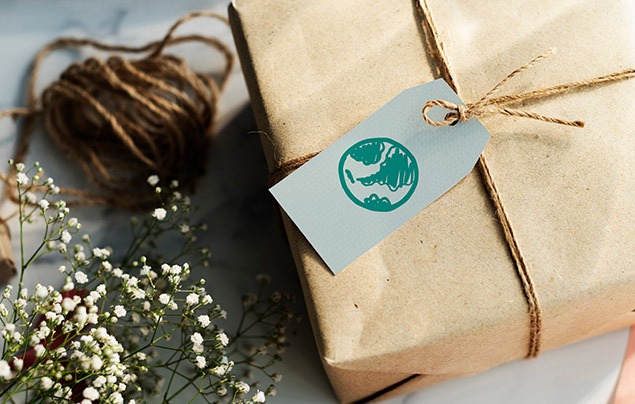


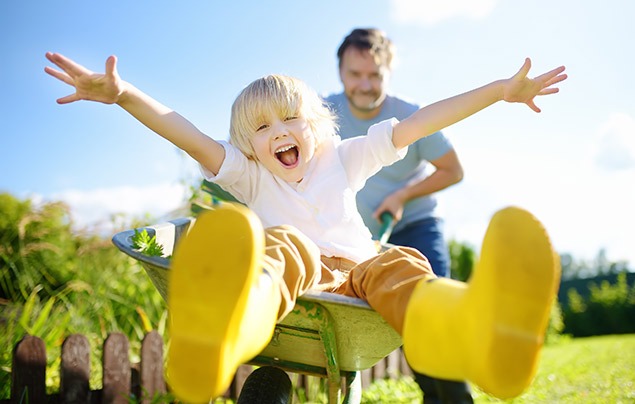
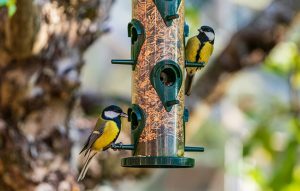




LEAVE A COMMENT
THANK YOU
Your comment will be checked and approved shortly.
WELL DONE,
YOUR COMMENT
HAS BEEN ADDED!
COMMENTS
CUSTOMIZE YOUR AVATAR